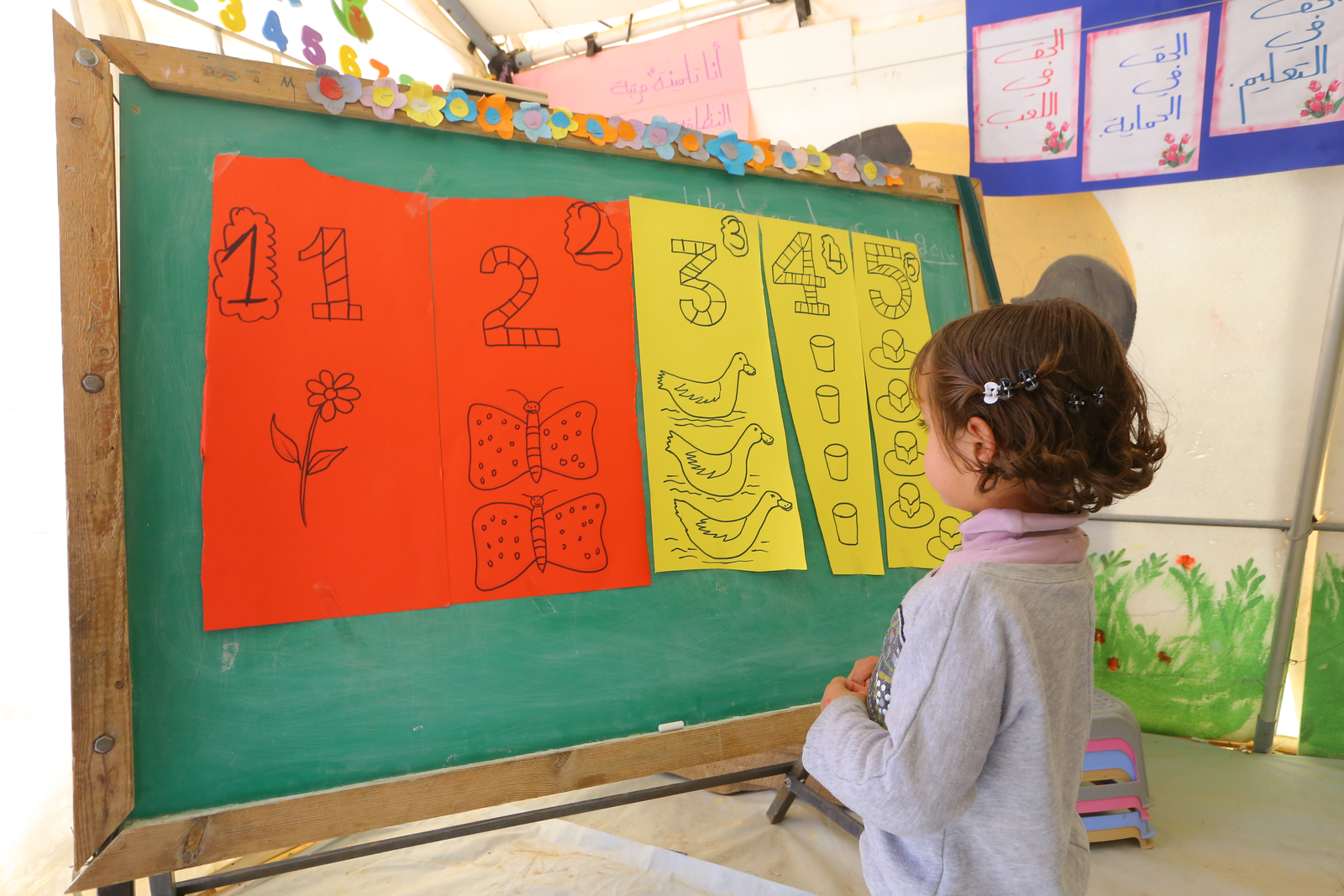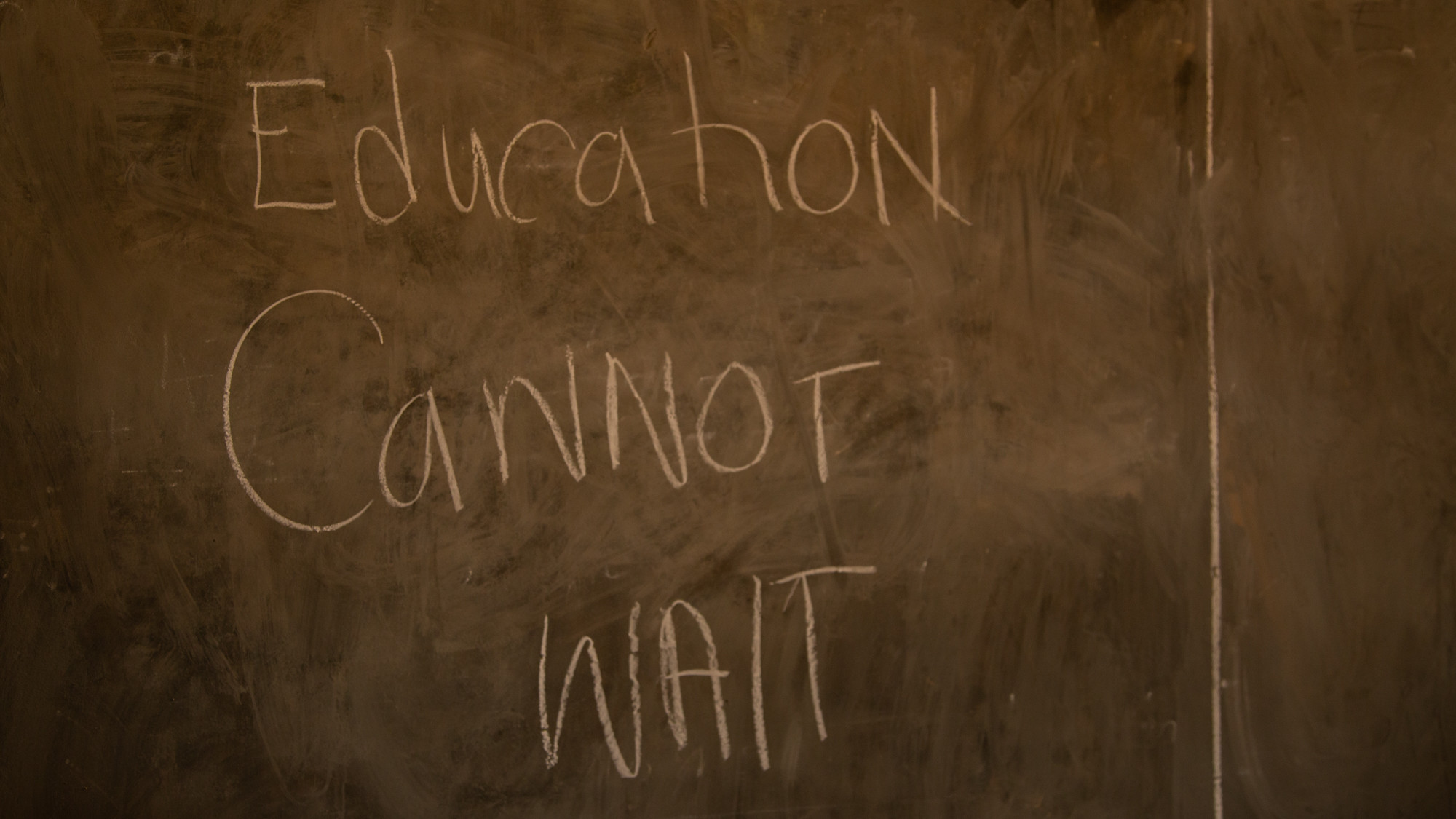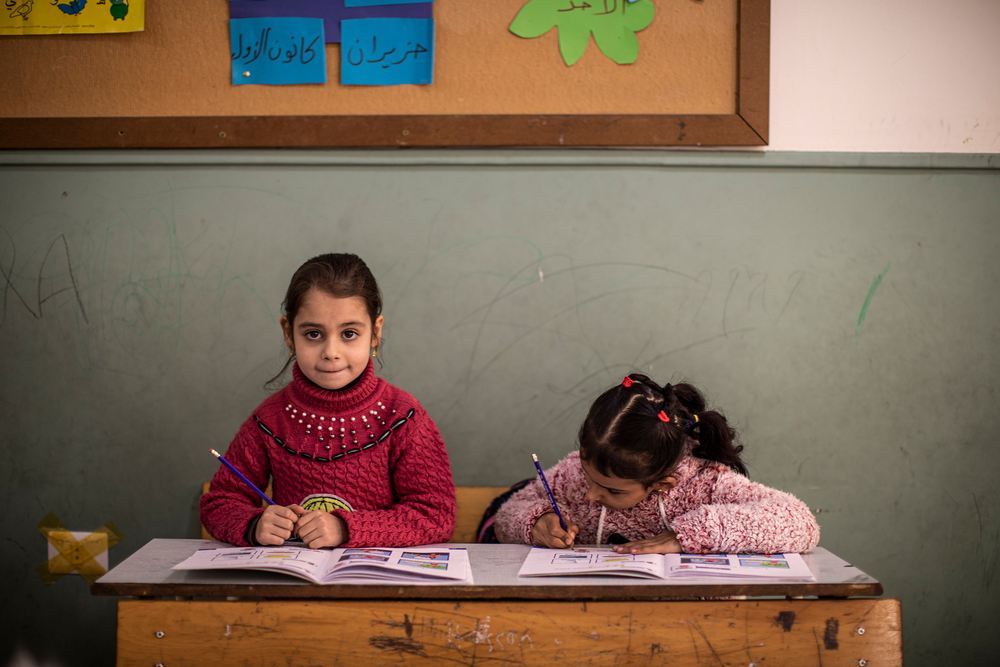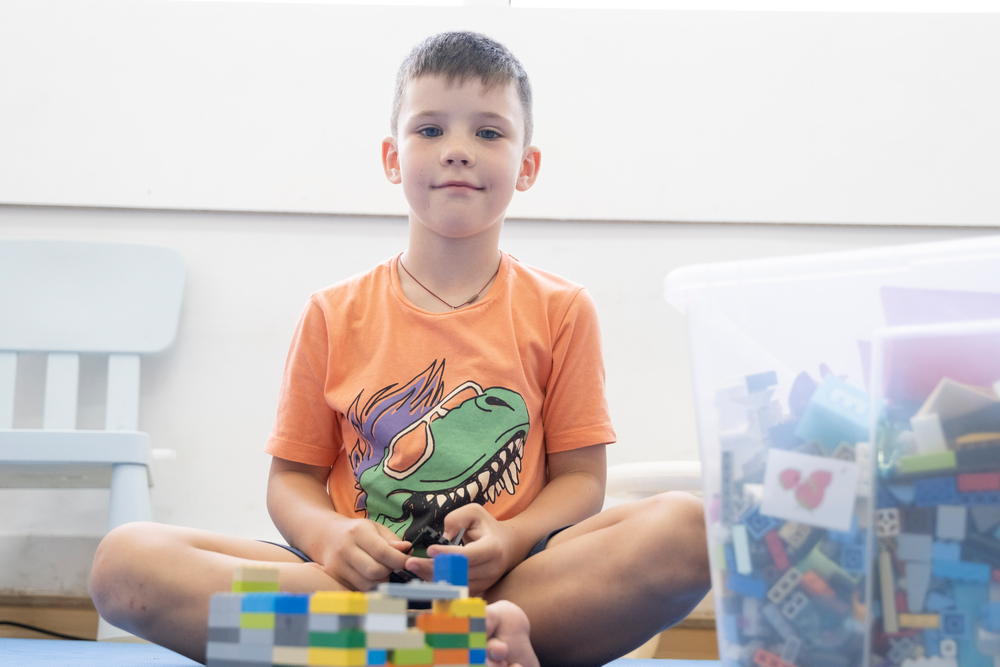
South Asia floods: 18,000 schools damaged and fears that thousands of children may never go back
Education in emergencies, Refugees and internally displaced people
With the disaster putting 1.8 million children out of school in India, Bangladesh and Nepal, there are calls for education to be a priority in the response.
Hundreds of thousands of children could drop out of school permanently as a result of the catastrophic flooding in South Asia – unless education is prioritised in relief efforts.
The warning came today from Save the Children, which also revealed that at least 18,000 schools have been destroyed or damaged and 1.8 million children cannot go to their classes in India, Bangladesh and Nepal.
“We haven’t seen flooding on this scale in years and it’s putting the long-term education of an enormous number of children at great risk,” said Rafay Hussain, Save the Children’s General Manager in India.
“We know that the longer children are out of school following a disaster like this the less likely it is that they’ll ever return.

“That’s why it’s so important that education is properly funded in this response, to get children back to the classroom as soon as it’s safe to do so and to safeguard their futures.”
Emergencies can disrupt a child’s education for years. They can miss out on vital learning and are deprived of a safe place to be when they are in very traumatic situations.
But less than 2% of all humanitarian aid goes to education. The Education Cannot Wait fund was launched last year to help in crises like the South Asia floods – sending money where it is desperately needed.
The monsoon floods have now affected more than 40 million people and killed over 1200.
They have damaged or destroyed more than 12,000 schools in India, 4000 in Bangladesh and 2000 in Nepal. Thousands more are being used as shelters for displaced families.
That in turn can leave children out of school and at risk of falling prey to child labour, early marriage, trafficking and exploitation.
“A large portion of schools are being used as evacuation centres, meaning children may be left on their own and without a safe place to go,” said Shreeram KC of Plan International Nepal.
Some schools in affected areas across the three countries are still open.
We must think about how we can get children back to the classroom as quickly and safely as possible. Mark Pierce, Save the Children’s Country Director in Bangladesh
But there is a lack of teaching staff and learning materials and attendance is low because students are trying to survive the floods with their families.
Bangladesh is planning to reschedule primary school examinations for those who are able to get to school.
In his assessment of the damage, Red Cross Under Secretary-General Jagan Chapagain said: “Almost one third of Nepal has been flooded. One third of Bangladesh is flooded. This is the worst flooding that parts of South Asia have seen in decades.”
Education should be considered a basic necessity in this kind of emergency response, said Mark Pierce, Save the Children’s Country Director in Bangladesh.
“While lifesaving aid like shelter, food and clean drinking water is being distributed to affected communities, we must think about education in the same light and how we can get children back to the classroom as quickly and safely as possible,” he said.
Save the Children is helping the education system recover in all three flood-affected countries.
It has set up temporary learning spaces so classes can resume immediately, distributed back-to-school kits with basic learning materials and is providing psychosocial support to students affected by the floods.
Plan International is also working in India, Bangladesh and Nepal to help children – distributing educational material and providing child protection support for thousands of affected families.
“We have created safe spaces for children, with a special emphasis on girls and are supporting the reopening of schools, so children can resume their education as quickly as possible,” said Senait Gebregziabher, Regional Director for Plan International in Asia.

Education Cannot Wait fund
More news

Theirworld’s mission to give children in crises a safe place to learn
